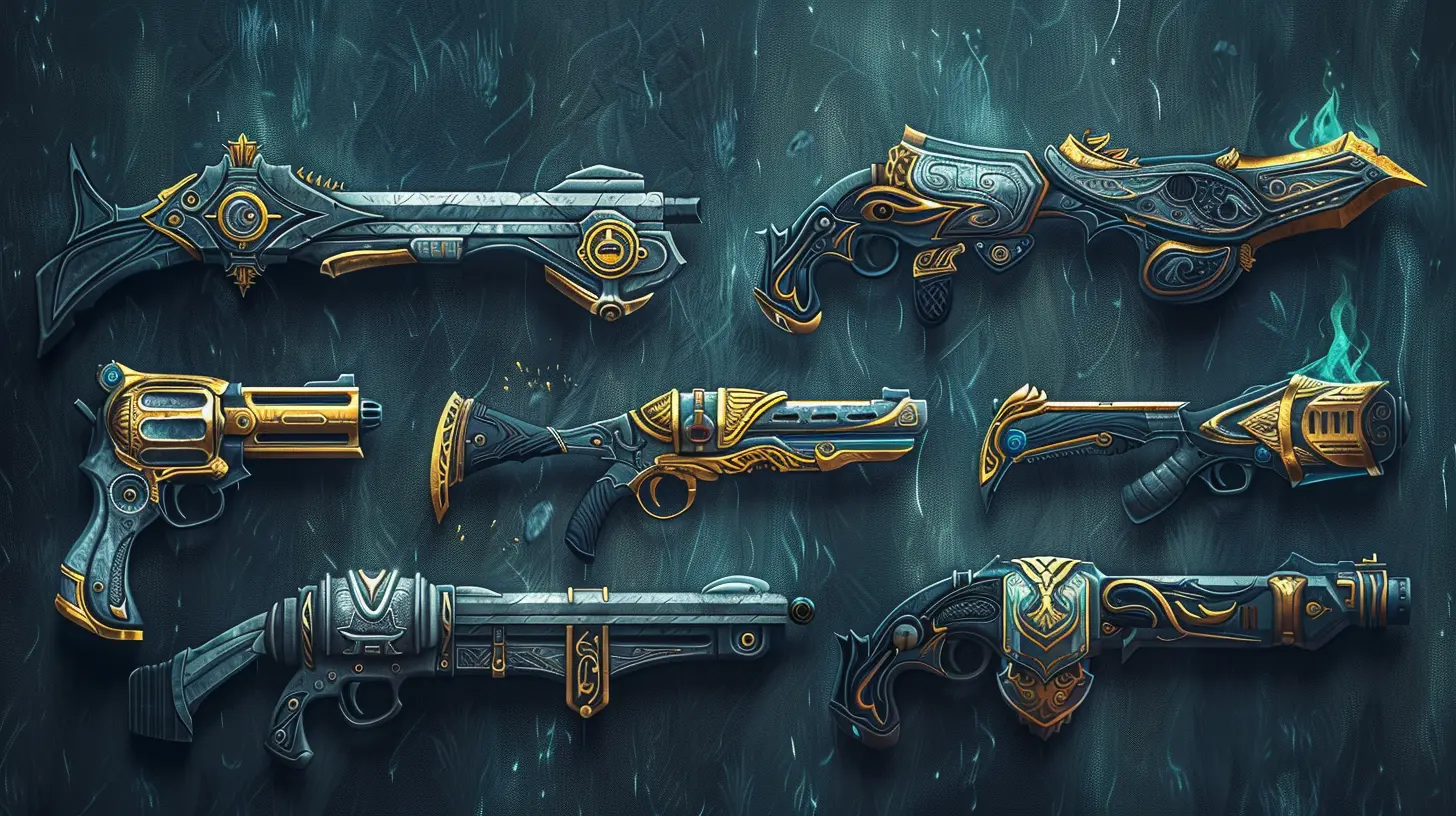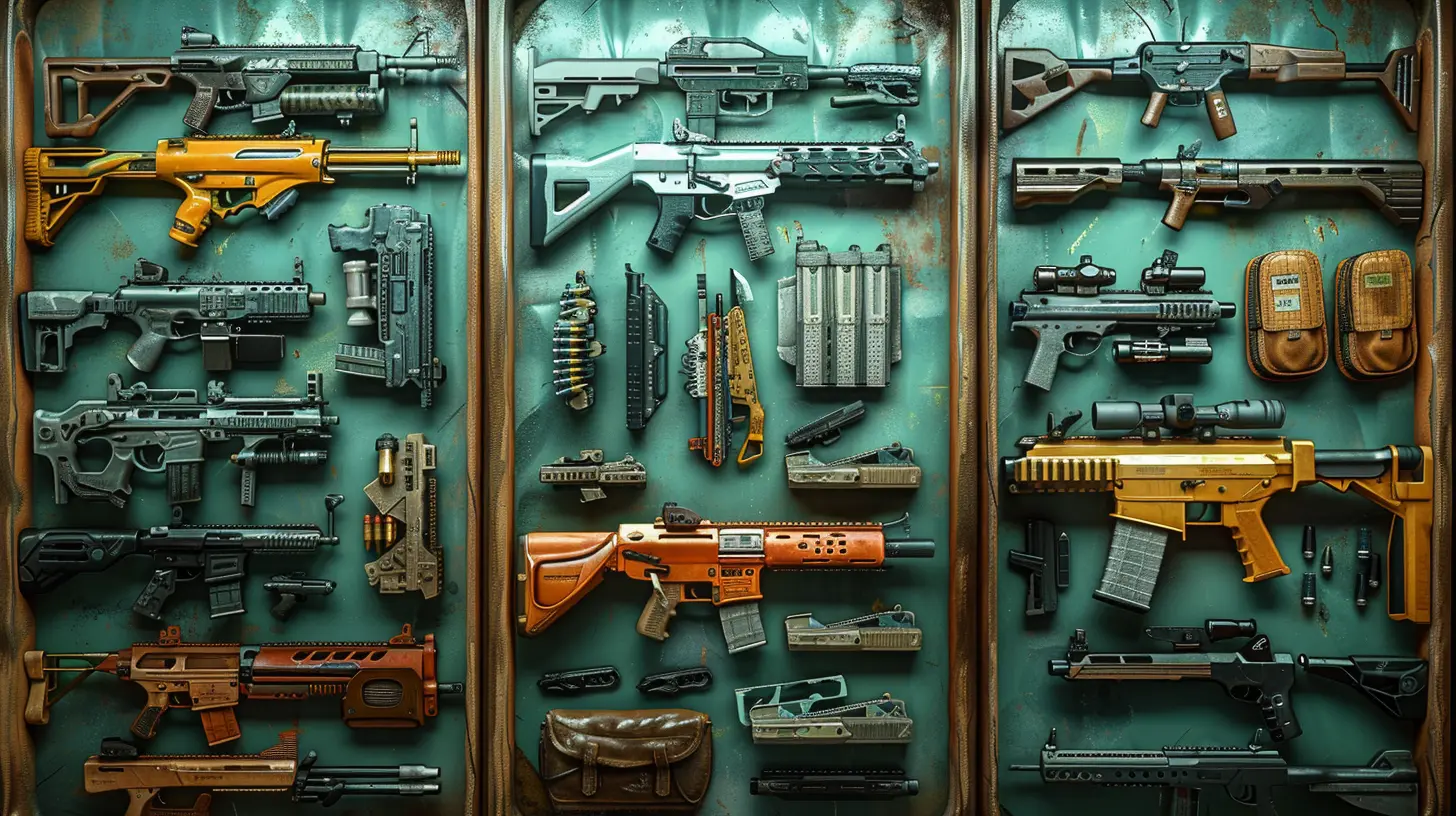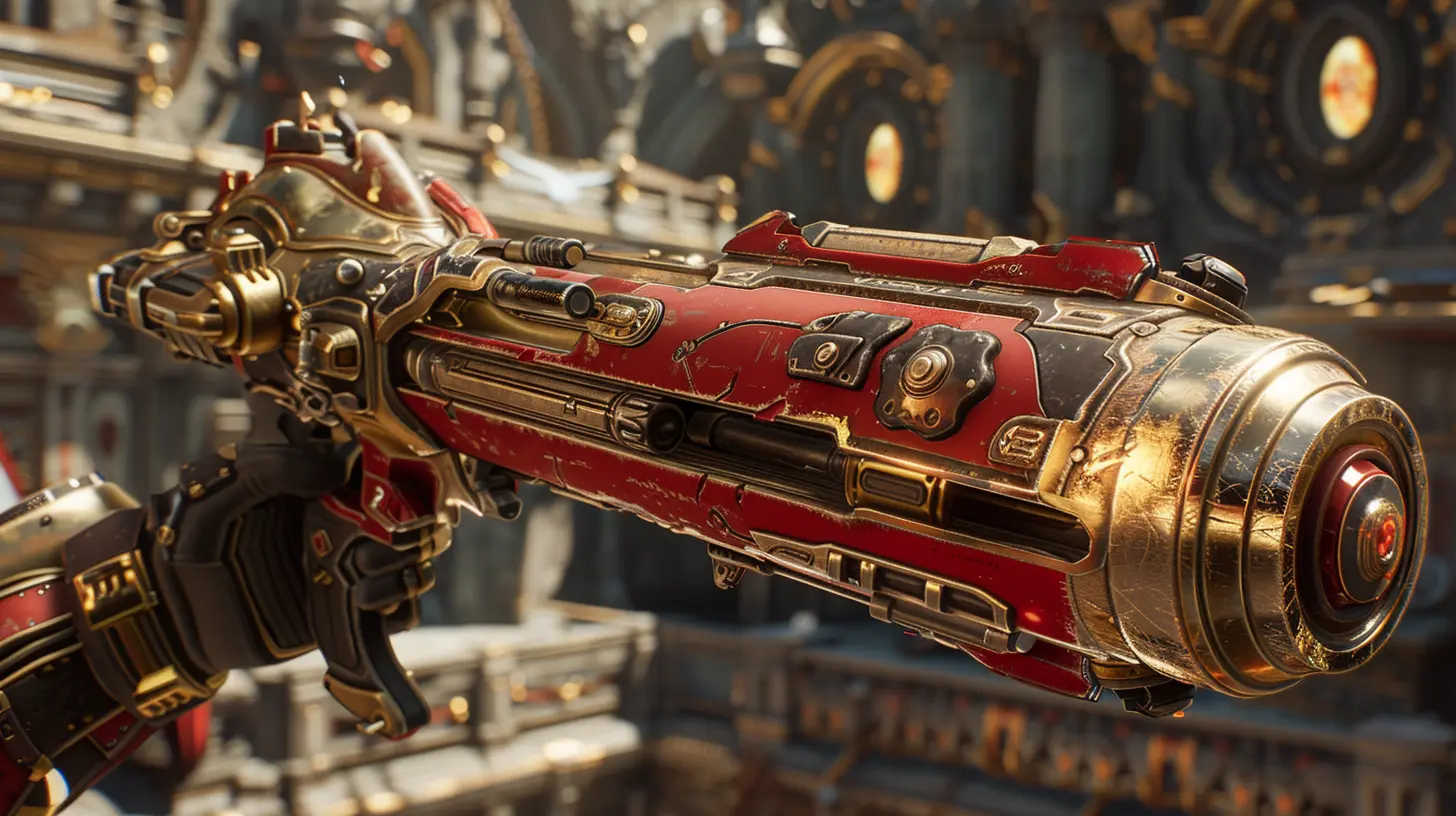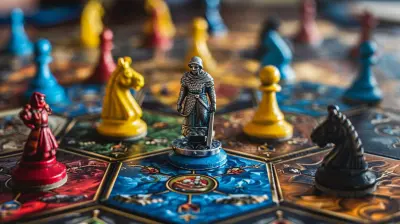Balancing Power and Accuracy in Weapon Customization
27 September 2025
When it comes to gaming, one of the most fascinating aspects is weapon customization. Whether you're playing a high-octane first-person shooter or a survival-based RPG, tweaking your weapon to suit your playstyle can make or break your performance. But let’s be honest: balancing power and accuracy in weapon customization can feel like walking a tightrope. Do you go for brute force, risking a shotgun-style spray-and-pray approach, or do you prioritize pinpoint precision at the cost of stopping power? Tough, right? Don’t sweat it—I’ve got you covered.
In this guide, we’ll dive into the nuances of balancing power and accuracy, why it matters, and how to approach weapon customization like a pro. Let’s break it all down, step by step!
What Does "Power" and "Accuracy" Mean in Weapon Customization?
Before we go all in, let’s get the basics straight. What exactly are we talking about when we say power and accuracy?- Power: This refers to how much damage a weapon deals per hit. A high-power weapon can shred through enemies, but it often comes with drawbacks like slower fire rates, increased recoil, or reduced precision. Think of power like the raw oomph behind each shot.
- Accuracy: Accuracy, on the other hand, measures how precise your weapon is. It defines how reliably you can hit your target, especially at longer ranges. A highly accurate weapon reduces stray bullets and improves your hit-to-miss ratio, but it might lack the punch to take down tougher foes quickly.
So, power is like the heavyweight boxer throwing haymakers, while accuracy is the surgical precision of a sniper. Both are essential, but leaning too much toward one can leave you vulnerable in certain scenarios.
Why Balancing Power and Accuracy Is So Important
At first glance, it might seem like an easy choice to prioritize one over the other. “I’ll just max out power and destroy anyone in my path!” Sure, that sounds epic in theory, but what happens when you can’t land your shots? Or, maybe you boost accuracy and hit all your targets…but your weapon feels like it’s tossing pebbles instead of bullets.Here’s why balance matters:
1. Versatility: A weapon that strikes a balance between power and accuracy allows you to handle a greater variety of situations. Whether you’re taking down enemies at close range or sniping from afar, you’re not left scrambling.
2. Resource Management: Games often limit your ammo or other resources. Missing shots because of poor accuracy wastes precious bullets. Similarly, needing multiple hits to take down a single enemy (due to low power) can deplete your stock fast.
3. Adaptability: The gaming battlefield is dynamic. Enemies move, environments change, and you can’t always predict the next threat. A balanced weapon lets you adapt on the fly.
So yeah, power and accuracy are like peanut butter and jelly—they just work better together.
Strategies for Balancing Power and Accuracy
Now that we’ve established why this balance is key, let’s talk about how to achieve it. Weapon customization can vary widely from game to game, but there are a few universal strategies you can apply no matter what you’re playing.1. Experiment With Attachments
Most games offer a ton of attachments to modify your weapon. Scopes, barrels, grips, stocks, and muzzles—these little tweaks can make a world of difference.For instance:
- Adding a longer barrel may improve accuracy by reducing bullet spread, but it could also increase weapon weight, slowing down your aim speed.
- A muzzle brake can help reduce recoil, improving accuracy, but might slightly reduce damage at longer ranges.
The key is experimentation. Don’t just slap on attachments and hope for the best—test them out in different scenarios. Think of it like tuning a car: you want to get that sweet spot where everything feels just right.
2. Understand the Weapon’s Base Stats
Every weapon in a game has its inherent strengths and weaknesses. A shotgun isn’t going to magically become a sniper rifle, no matter how many attachments you throw on it. (Sorry, it’s just not happening!) Understanding the base stats helps you decide where to focus your customization efforts.For example:
- If a weapon already has decent accuracy, you might want to pump up its power to make it more lethal.
- On the flip side, if you’re working with a high-damage weapon that struggles with accuracy, focus on attachments or upgrades to tighten its spread.
Play to the weapon’s strengths while shoring up its weaknesses.
3. Find Your Playstyle
Let’s be real—there’s no one-size-fits-all answer here. Your ideal weapon balance depends on you. Are you the kind of player who charges headfirst into the action? Then maybe you can sacrifice a bit of accuracy for raw power. Or maybe you’re a stealthy sniper who prefers precision—no judgment here.Ask yourself:
- Do I engage enemies at close range or from a distance?
- Am I usually on the move, or do I hold my position?
- Do I rely on quick reflexes or careful planning?
Once you understand your playstyle, you can customize your weapons to complement it. Think of your weapon as an extension of you.
4. Prioritize Recoil Control
Okay, let’s talk about the elephant in the room: recoil. Recoil is the natural kickback of a weapon after firing, and it’s often the bane of any player trying to balance power and accuracy. A high-power weapon with uncontrollable recoil is basically a glorified firework: flashy but useless.To mitigate this, look for attachments or stats that reduce recoil. Grips, compensators, and stocks are your best friends here. Mastering recoil control can turn even the most chaotic weapons into finely tuned machines of destruction.
5. Don’t Forget Mobility
Here’s a curveball for you: balancing power and accuracy doesn’t exist in a vacuum. Something that often gets overlooked is mobility. A weapon might hit like a truck and fire like a laser, but if it makes you move at a snail’s pace, you’re toast in fast-paced scenarios.Strike a balance between raw stats and how the weapon feels in your hands. After all, what good is accuracy if you’re too slow to react?
Common Pitfalls to Avoid
Even seasoned gamers make some mistakes when customizing weapons. Here are a few traps to steer clear of:- Overloading on Attachments: More doesn’t always mean better. Adding too many attachments can sometimes overcomplicate things or result in conflicting effects.
- Ignoring Aim Down Sights (ADS) Speed: A sniper scope might boost accuracy, but if it slows your ADS speed too much, you’ll struggle in reactive situations.
- Tunnel Vision on Damage: Yes, power is important, but don’t go all-in on damage at the expense of everything else. A super-powerful but wildly inaccurate weapon is no fun.
The Sweet Spot: Finding Your Balance
So, how do you know when you’ve nailed the balance between power and accuracy? Honestly, it comes down to how the weapon feels. Spend time testing it in-game. Do you feel confident? Are you landing more shots? Are you taking down enemies efficiently? If the answer is “yes,” congrats—you’ve found your sweet spot.If not, don’t be afraid to tweak and refine. Weapon customization is all about iteration. Think of it as a work in progress rather than a one-and-done deal.
Final Thoughts
Balancing power and accuracy in weapon customization is an art more than a science. It requires a mix of trial and error, self-awareness, and adaptability. But when you get it just right, it’s like finding the perfect rhythm in a song—you’ll wonder how you ever played without it.So, go ahead, tinker with those loadouts, and create a weapon that screams you. After all, isn’t that what makes gaming so satisfying?
all images in this post were generated using AI tools
Category:
Weapon CustomizationAuthor:

Stephanie Abbott
Discussion
rate this article
1 comments
Valeria Green
This article insightfully explores the delicate balance between power and accuracy in weapon customization. It highlights the challenges developers face in creating engaging gameplay while ensuring fairness, keeping players invested in their choices.
October 1, 2025 at 4:48 PM

Stephanie Abbott
Thank you for your thoughtful comment! I'm glad you found the exploration of power and accuracy in weapon customization insightful. Balancing these elements is indeed crucial for engaging gameplay.


